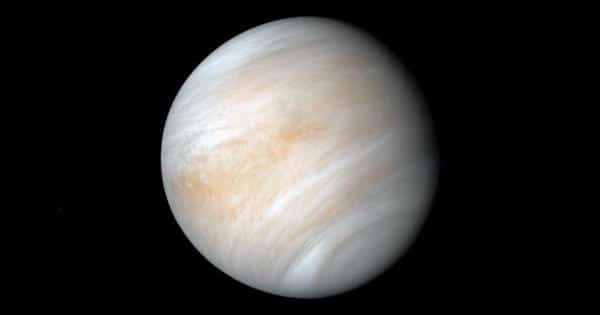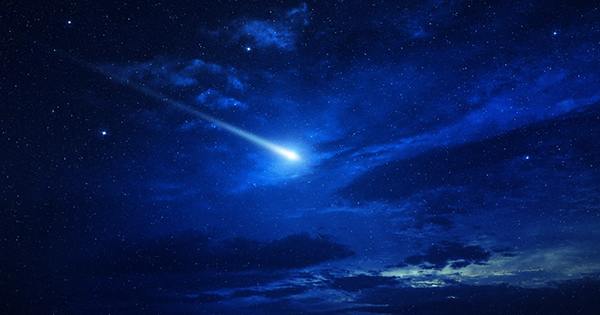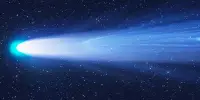Meteor showers are not a special show on our planet. Every planet in the solar system can occasionally find the debris left by comets in outer space, even in spectacular fashion with spectacular light shows. This year, it could be Venus’s turn to be pushed by interplanetary matter. On December 18, the recently discovered comet C / 2021 A1 (Leonard) will cross just 4.34 million kilometers (2.6 million miles) from Venus. Two days later the planet will be in such a position that the dust of comet Leonard will graze it.
A new paper, submitted to The Astronomical Journal and posted on the preprint server arXIV.org, looked at the possibility of meteors falling on Venus and becoming visible from Earth. Meteor showers occur here on Earth when our planet crosses the remaining path of debris by multiple passages of a comet for centuries. Some of these fountains are larger and richer than others, depending on the ruins. There were some incredible ones in the past, such as the Leonid meteor shower of 1833, when 100,000 meteors were seen falling from heaven every hour.

It is the largest recorded in the world but not in the solar system. In 2014, a close encounter between Mars and comet C / 2013 A1 (siding spring) resulted in an incredible 108,000 meteor showers per hour on the Red Planet. But this was only observed indirectly, causing meteorites to form a layer of metallic matter in the atmosphere of Mars. The siding spring encounter was a less common type of shower, when a long-time comet, which rarely enters the inner solar system, moves incredibly close to a planet. In this case, it flew 140,000 kilometers (87,000 miles) from Mars.
This is a scene similar to what will happen to Venus, so the comet’s orbit has not been rich in debris for the past few years. Everything about what the comet is bringing in its context. The paper shows that the chances of us hitting meteors in Venus’s atmosphere are very low but not impossible. The main reason for such a show will depend on when the comet is activated. The farther you go from the sun, the better.
The paper still calls for observation of the encounter because visible events from Earth could occur, and it could be an opportunity to study a comet’s tail in detail. The unlikely sight of rain from large debris means that Akatsuki, currently the only spacecraft around Venus, will not be in danger.














